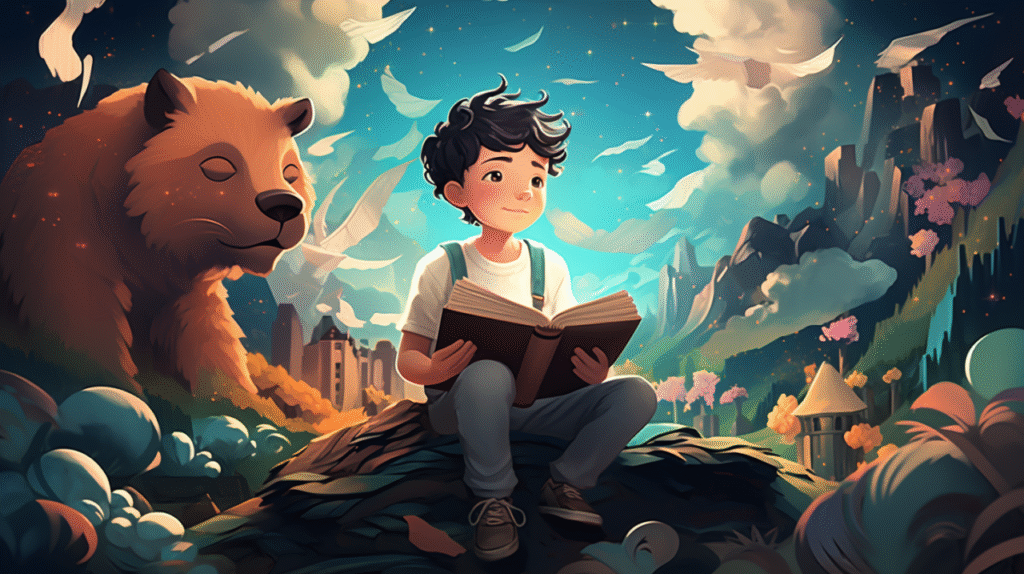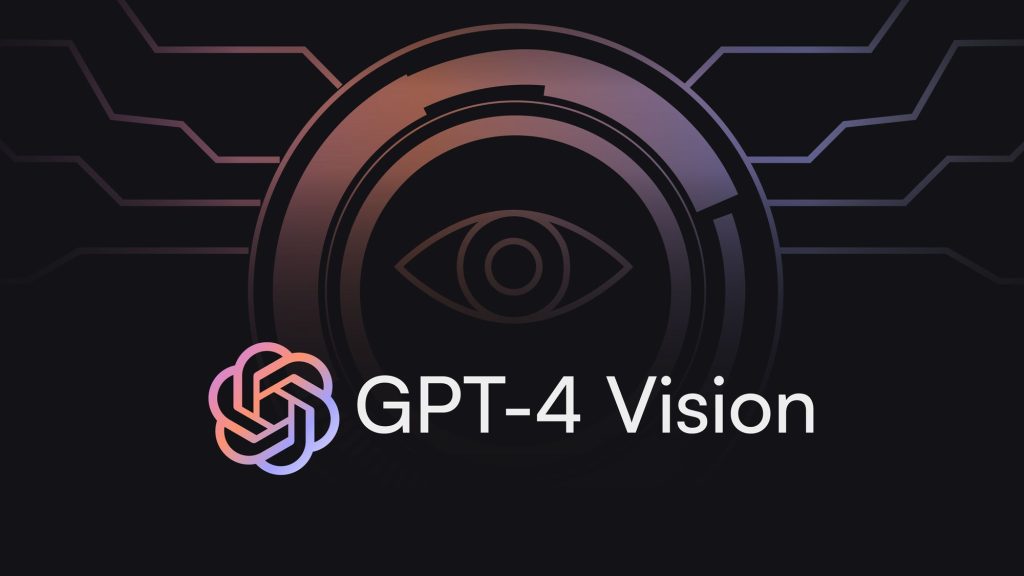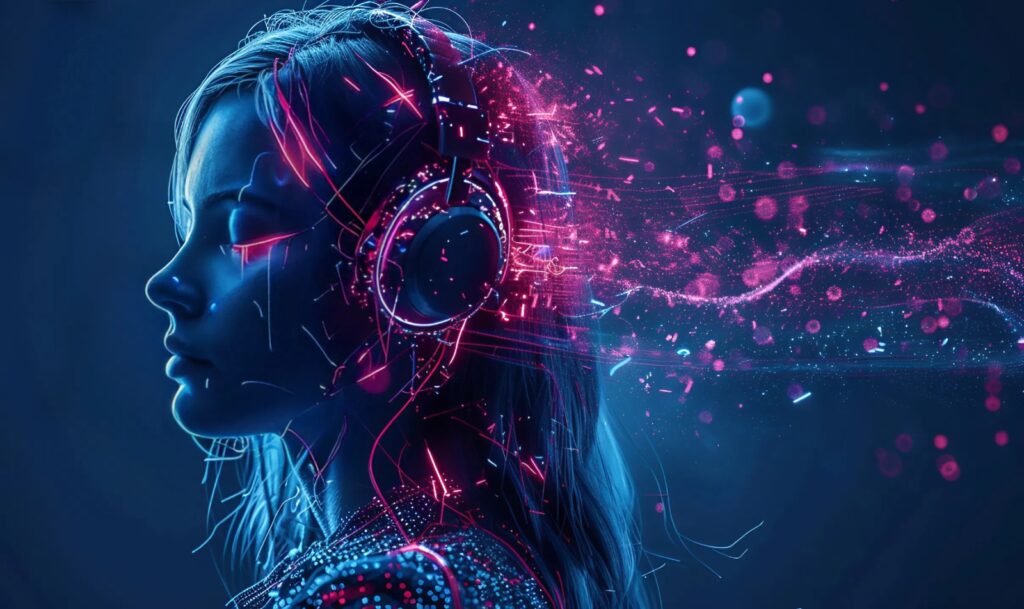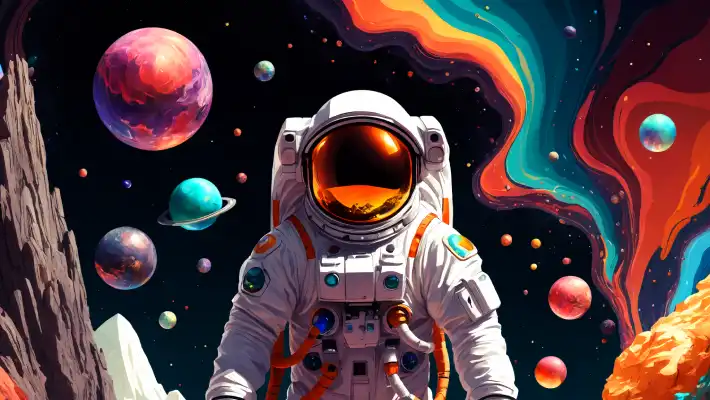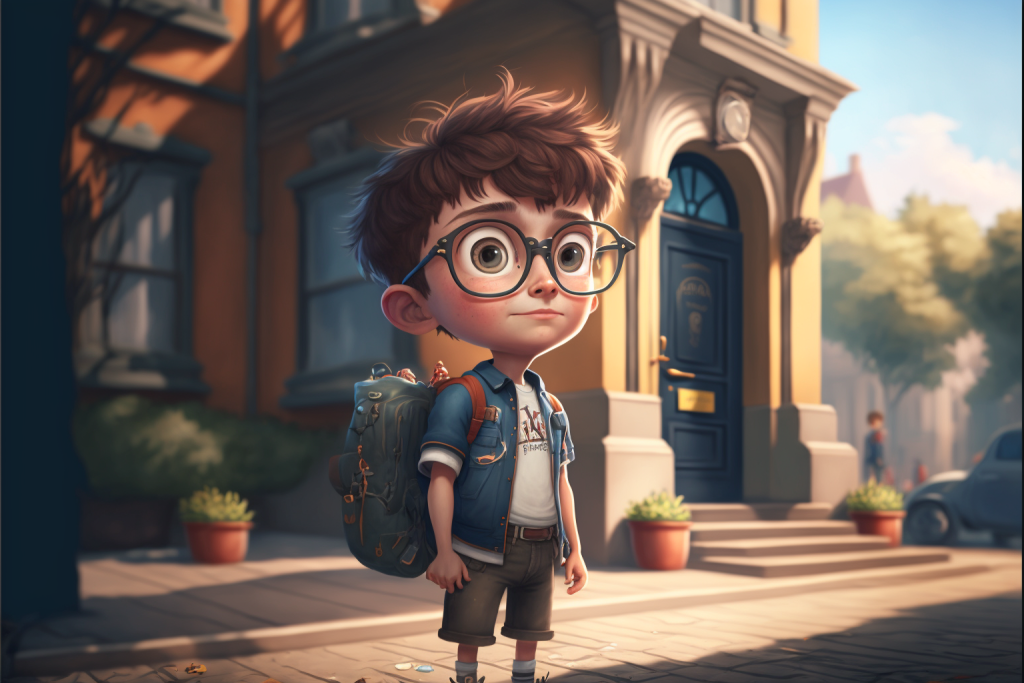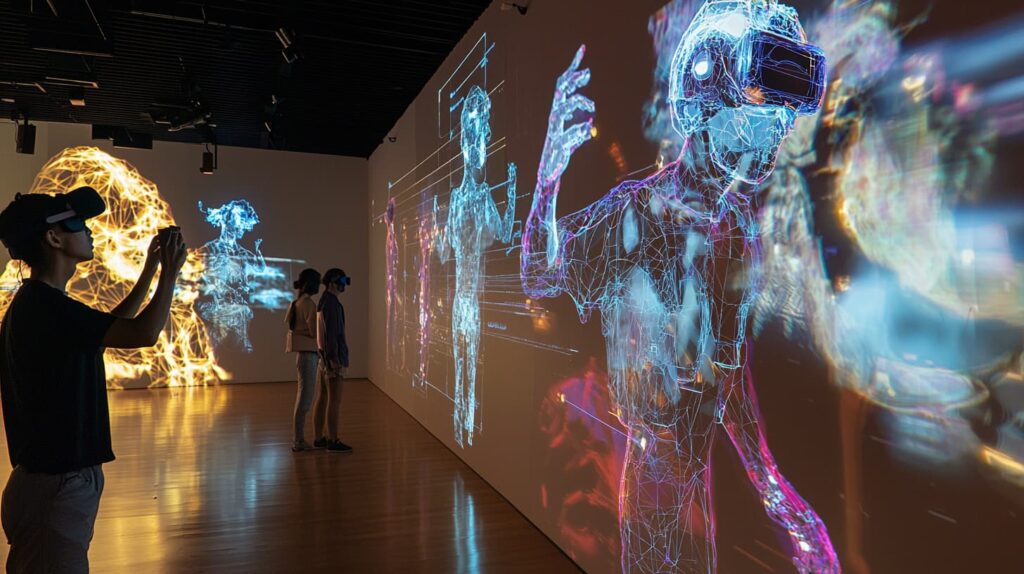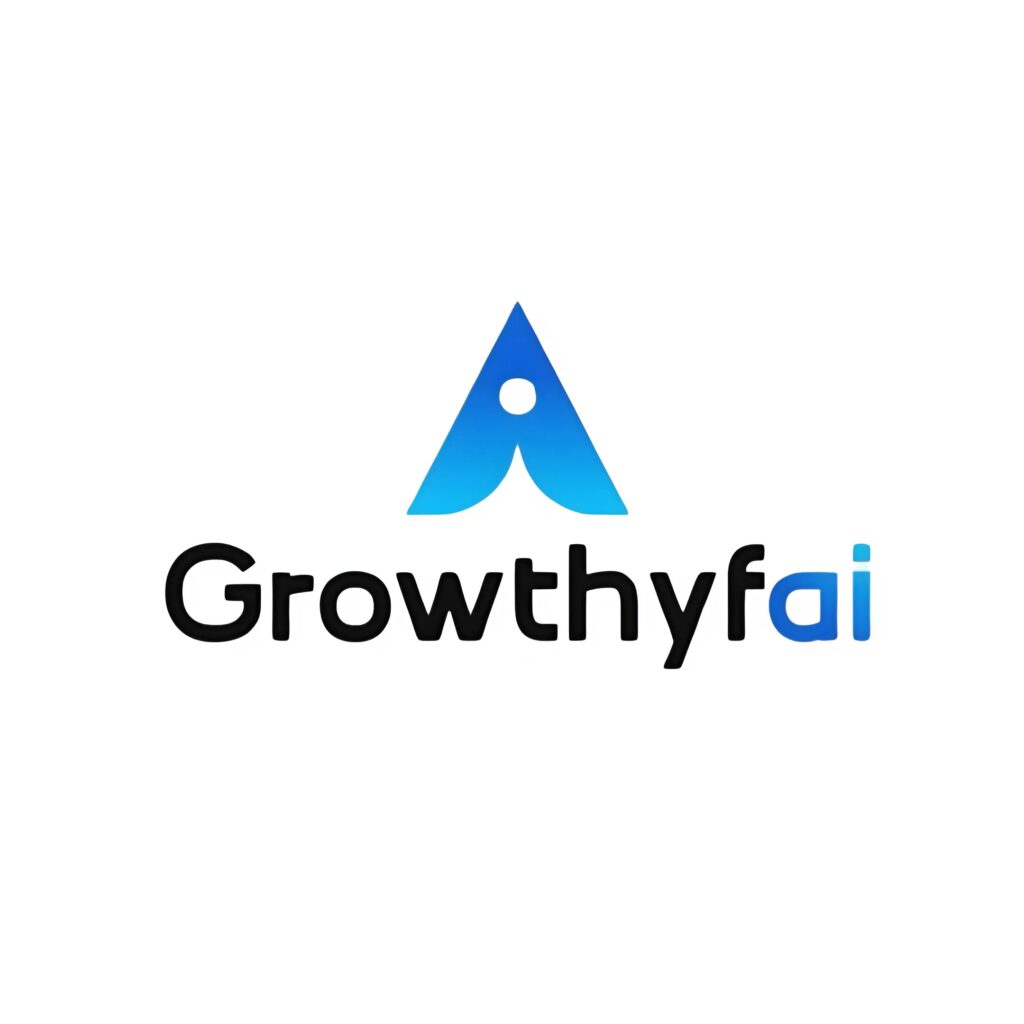AI-Driven Storytelling: Crafting Narratives with Neural Networks
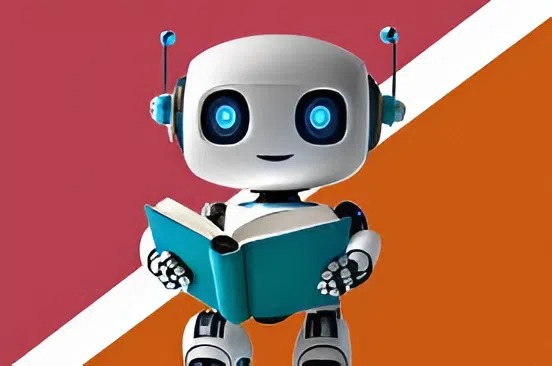

AI-Driven Storytelling: Crafting Narratives with Neural Networks
In an era where artificial intelligence (AI) has begun to dominate numerous facets of daily life, its integration into the world of storytelling emerges as a compelling frontier. From the once far-fetched concept of AI-driven narratives to the current reality where machines comfortably complement human creativity, the evolution of AI in storytelling presents both opportunities and challenges. This blog post delves into how neural networks are transforming the way stories are crafted, offering a new avenue for creativity.
The Evolution of Storytelling
Storytelling has always been an integral part of human culture, serving as a means to educate, entertain, and pass on traditions. Historically, this art has evolved through oral traditions, written words, and visual media. Today, the digital age provides new tools that are reimagining what storytelling can be, and at the forefront of these innovations is AI.
Neural networks, a subset of AI that mimics the human brain’s structure, have grown in complexity and capability. They can now generate narratives, create dialogues, and even develop new characters. This evolution in storytelling is not only a testament to technological progress but also reflects a shift in how humans interact with machines and data.
Understanding AI in Storytelling
At its core, AI-driven storytelling involves the use of algorithms to generate and enhance narrative content. Neural networks process large datasets, identify patterns, and generate unique content that resonates with target audiences. This approach can be harnessed for various purposes, from entertainment and education to marketing and beyond.
One of the key components is language models, such as OpenAI’s GPT (Generative Pre-trained Transformer). These models are trained on vast datasets, enabling them to understand and produce coherent text that captures the intricacies of human language. They excel at everything from creating plotlines to scripting dialogues, offering a powerful tool for creators seeking to blend technology with storytelling.
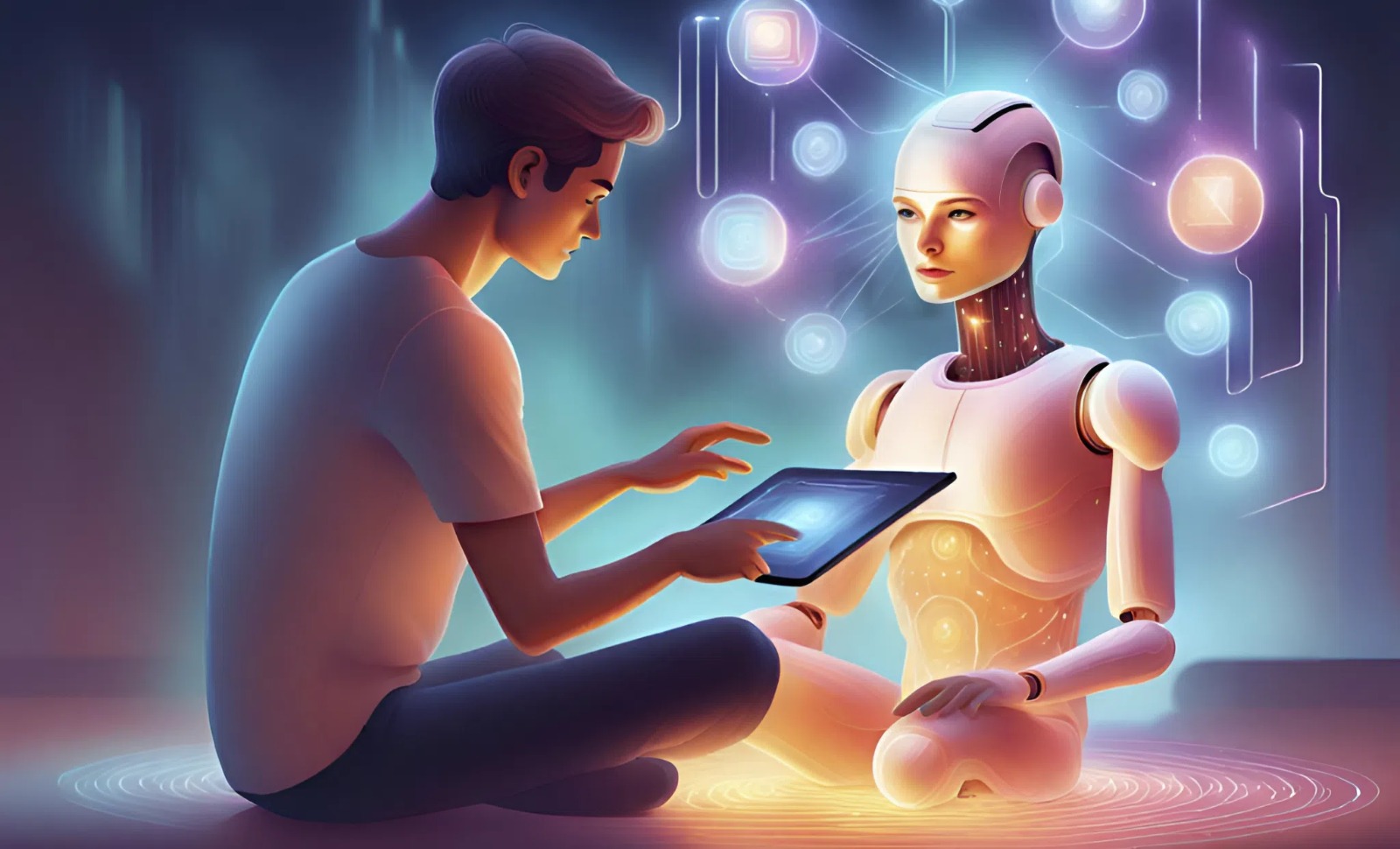
Applications in Entertainment and Media
AI-driven storytelling has found vibrant expression within the realms of entertainment and media. Filmmakers and game developers now employ neural networks to generate new ideas, write scripts, and design interactive dialogues. For instance, AI systems can dynamically alter storylines based on player decisions in video games, offering personalized narrative experiences that enhance engagement.
An exemplary application of AI-driven storytelling is Netflix’s Black Mirror: Bandersnatch, which incorporated interactive storytelling elements that allowed viewers to influence the narrative. Although human writers crafted the main storyline, machine learning algorithms helped map out the complexities of decision trees, demonstrating AI’s potential to personalize and expand narrative possibility.
Enhancing Storytelling in Marketing and Advertising
In the marketing and advertising domain, storytelling is a powerful strategy for brand differentiation. AI-driven narratives enable brands to craft personalized and emotionally engaging content that resonates with consumers on a deeper level. By analyzing consumer data, neural networks can tailor stories that appeal to specific segments, enhancing the relevancy and effectiveness of brand messages.
For instance, AI tools could analyze consumer behavior and preferences to produce custom brand narratives that emphasize values and experiences meaningful to individual users. This personalization fosters a stronger emotional connection, encouraging consumer loyalty and brand advocacy.
Challenges and Ethical Considerations
Despite its transformative potential, AI-driven storytelling raises several ethical and practical concerns. One significant challenge is the risk of AI-generated content lacking the depth and authenticity inherent in human-crafted stories. While neural networks excel at pattern recognition, they often struggle with capturing the nuanced intricacies of human emotion and cultural context.
Moreover, the use of AI in storytelling introduces questions about authorship and intellectual property. Who owns the narrative created by an AI system? And how should creators be credited when machines play a pivotal role in content generation? These are pressing questions that need thoughtful consideration as AI continues to evolve in creative spaces.
The Future of AI-Driven Storytelling
The integration of AI in storytelling is still in its evolutionary stages, yet its potential is vast and exciting. As AI technology becomes more sophisticated, we can expect an emergence of more intricate, compelling narratives that challenge traditional storytelling norms. Collaboration between human creativity and machine efficiency could unravel new frontiers in literature, film, gaming, and beyond.
Ultimately, the future of AI-driven storytelling will be shaped by how we choose to harness its capabilities while addressing the ethical considerations it brings. By crafting narratives with neural networks, creators can push the boundaries of storytelling, offering stories that are not just new and innovative, but that also resonate with the complexity of human experience.
Conclusion
AI-driven storytelling signifies a compelling intersection of technology and creativity, offering new possibilities for crafting narratives that captivate and engage audiences in unprecedented ways. As neural networks become increasingly adept at understanding and generating human-like content, the storytelling landscape will continue to evolve. Just as paper and ink transformed storytelling centuries ago, AI offers a new medium through which narratives can flourish. While challenges remain, embracing this innovative landscape could lead to an enriched storytelling future, where humans and machines co-create stories that inspire, entertain, and connect us all.

